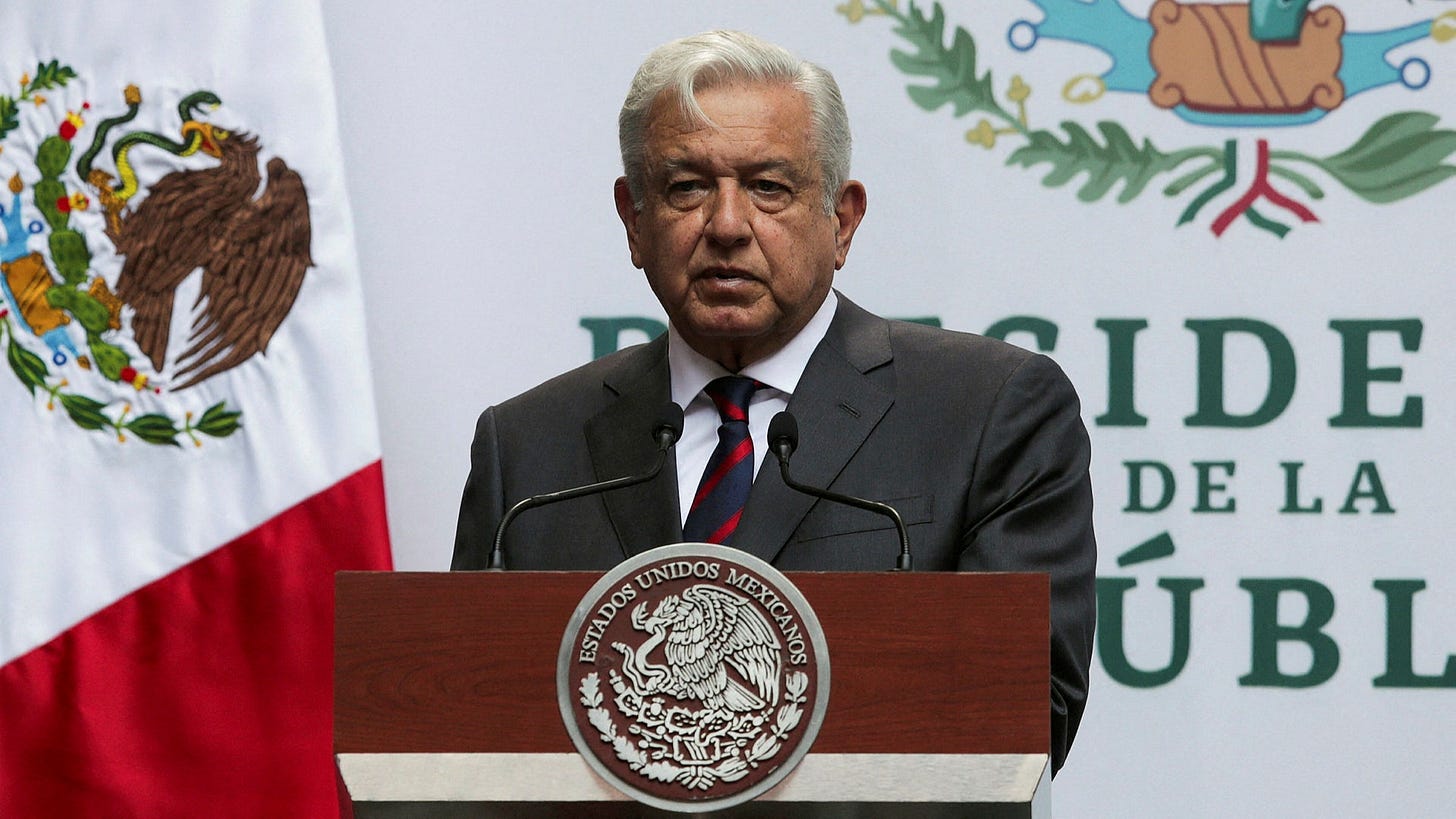Why the Mexican Peso is Outperforming the US Dollar
Recently, the Mexican peso has outperformed the US dollar, and this trend has continued into 2024. While the factors that influence currency markets are complex and interrelated, here are a few reasons why the peso is currently performing well against the dollar:
High interest rates: In reaction to rising inflation, Mexico's central bank, Banco de México, increased interest rates. The bank raised the benchmark interest rate to 5% in early 2023, the highest level since 2008. Rising interest rates may make it more appealing to invest in Mexican assets, which may increase demand for the peso.
Mexican economic growth is predicted to reach 4.5% in 2023 by the International Monetary Fund (IMF). Rebounding domestic demand, higher exports, and rising commodity prices all contribute to this rise. An expanding economy can boost investor confidence and support a currency's value.
Fiscal policy: Mexican economic growth is predicted to reach 4.5% in 2023 by the International Monetary Fund (IMF). Rebounding domestic demand, higher exports, and rising commodity prices all contribute to this rise. An expanding economy can boost investor confidence and support a currency's value.
Trade ties with the US: Mexico's biggest trading partner is the US, despite political difficulties between the two nations. Exports to the US are predicted to rise in 2023, which will strengthen the peso. The North American Free Trade Agreement (NAFTA) is also being renegotiated by the two nations, which may result in more trade and investment between them.
In conclusion, a number of reasons, including high interest rates, economic expansion, budgetary responsibility, and trade connections with the US, have led to the Mexican peso outperforming the US dollar. Yet changes in currency markets can happen for a number of reasons, and they can be unpredictable. Before making any investing decisions, investors should carefully weigh all available information and consult a specialist.
What can we expect in the future?
Currency markets are extremely volatile and influenced by various factors, like monetary policy choices, geopolitical events, and economic indicators. The relative strength of the Mexican peso versus the US dollar may change in the future depending on a variety of unanticipated circumstances.
Experts argue that the peso may continue to perform strongly against the dollar in the short to medium term based on existing patterns and expectations. For instance, the IMF forecasts a 4.5% growth rate for the Mexican economy in 2023, which may help to maintain the peso's value. Also, the US Federal Reserve has hinted that it would maintain low interest rates for the foreseeable future, which could increase the appeal of investing in Mexican assets.
It’s also likely that if Tesla were to establish a facility there and Mexico nationalized its lithium reserves, the country's economy would expand.
A significant international corporation like Tesla might potentially boost economic growth in Mexico by generating jobs, money, and additional investment in the nation. Furthermore, nationalizing Mexico's lithium reserves would result in large cash for the government, which could then be invested in the nation's infrastructure and other economic sectors.
Mexico's Housing Market Will Collapse
Many Americans are leaving the United States due to high housing costs and moving to Mexico in search of cheaper housing. While foreigners view Mexican property and rental prices as cheap, many Mexicans feel they are being pushed out of their neighborhoods due to the high cost. Some have taken to protesting and threatening foreigners, painting them as g…
Sources:
"Mexico hikes interest rates to tackle inflation," Reuters, January 12, 2023.
"Mexico: 2023 Article IV Consultation-Press Release; Staff Report; and Statement by the Executive Director for Mexico," International Monetary Fund, January 19, 2023.
"Mexico Announces 2023 Budget with Lower Deficit Target," Fitch Ratings, December 15, 2022.
"Mexico-US trade expected to rise 8% in 2023," BNamericas, January 4, 2023.
Latin America Consulting Call
Are you planning to move to Mexico Or Latin America and need a personalized consult to get you started? Are you looking to gain either a Temporary Residency or Work Visa For Mexico? Then this is the page for you. This is a 1 hour 1:1 Call to give you a personalized walkthrough of how to start your journey to Mexico.





